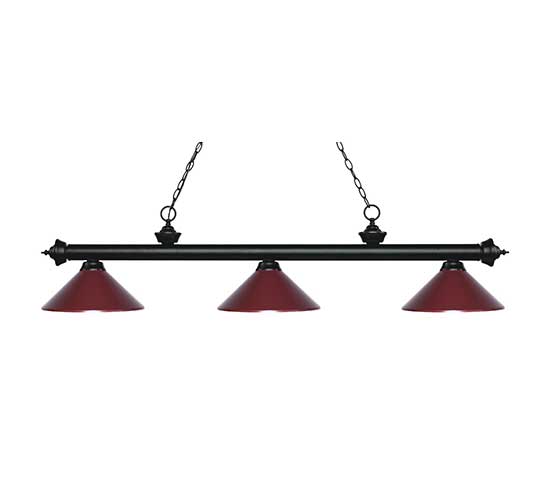
There are many materials available for making snooker utensils. Some are more heavy than others, and others are lighter. Maple and Ash are excellent options for snooker, regardless what material they are made from. Maple is not without its disadvantages so be careful. These woods can vary in whippyness and stiffness so be cautious when selecting your cue.
Materials used in snooker cues
Ash cues are distinguished by their clear grain patterns (chevrons and arrows). It can be challenging to bend straight as the graining of ash cues is often uneven. To avoid potential problems, you should carefully choose your cue.
Ash cues have traditionally been made from English ash. This has decreased in popularity due to falling laws. American ash is now more in demand. English ash cues are often darker and heavier and have visible chevrons. Acer saprum maples can also be used, though they are more expensive. The maple timber has been fully kiln dried and seasoned for at the very least 12 months.
Rolled and bound the identical
Ash is a dense and lightweight wood that can be used to make snooker cues. It isn't as expensive as high-end luxury cues for snooker. It also has a little flex to it, which makes spinning the ball easier. It has a lower deflection that other woods.

Maple and Ash are the two most popular timbers for making cue shafts. Maple and Ash both offer high levels of rigidity as well as playability. Some models feature brass or plastic ferrules.
Responsive to wear and tear
When you use your snooker cues, it is important to take care of them. They should be kept out of direct sunlight, moisture and heat. To prevent warping and damage, they should be stored on a cue board. It is important to protect them against chemicals and sandpaper.
Weight gain is one way to maintain them in good shape. It is important to select a cue that is at least 17 ounces. Any cue that is lighter than this will cause strain to your arm. You may also experience over acceleration if you purchase a cue lighter than that.
Weight gain at the butt
The weight of the butt on a snooker cue is important for a proper balance. While many cues can be made from ash or maple, some are made entirely from it. Some cues are decorated, while others are plain and simple.
The shaft's butt, a lower and heavier piece, is connected to the shaft via a screw. The shaft is a smaller, narrower piece. The two pieces are attached at the butt, where a male screw threads into a female screw. Cue joints come in a variety of materials, including brass, plastic and wood. Most common are brass to-brass joints.

Rolling and bouncing are the same
Ash billiard is one of the most common types of snooker dice. Ash snooker cups weigh between 18 and 20 ounces. This is lighter than larger billiard balls. Snooker cues are mainly made from ash, although there are some made from maple.
Ash snooker snooker cups are also cheaper than other materials. Prices will vary depending on wholesale costs. This makes it easy to find a cue that is affordable.